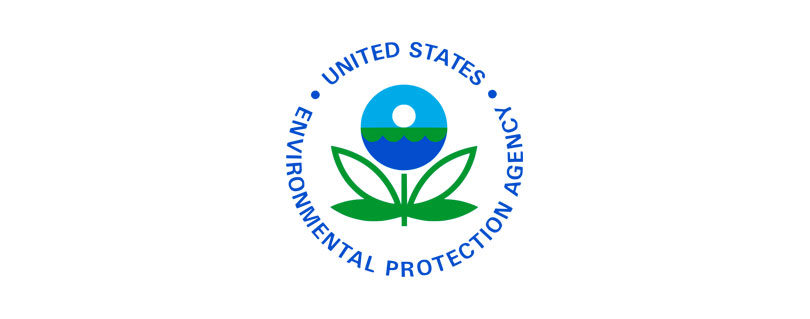EPA Awards $7.7 Million for Research Grants to Improve Risk Assessment of Chemical Mixtures in the Environment
Publilshed by the U.S. Environmental Protection Agency (EPA)
WASHINGTON – Today, the U.S. Environmental Protection Agency (EPA) announced $7,770,044 in research grant funding to 11 institutions to develop and evaluate innovative methods and approaches to inform our understanding of the human health risks that may result from exposure to chemical mixtures in the environment.
“Protecting public health is an essential part of EPA’s mission,” said Chris Frey, Assistant Administrator of EPA’s Office of Research and Development. “The research announced today will advance the science for evaluating mixtures of chemicals and their toxicity so we can better understand the human health impacts, and ultimately, better protect public health.”
Toxicology studies have traditionally focused on the effects of single chemicals on human health. However, chemicals in the environment are often present as mixtures in the air, water, soil, food, and products in commerce. These chemical mixtures include PFAS, phthalates, polycyclic aromatic hydrocarbons (PAHs), disinfection by-products (DBPs) and other well-characterized mixtures. There is a need to assess the toxicity of chemical mixtures to understand how their combined effects on our health and the environment differ from what we know about individual chemicals. Due to their lower cost and higher throughput, new approach methods (NAMs) and use of alternative animal models have emerged as potential approaches to advance the risk assessment of mixtures.
To help address this research need, the institutions receiving these grants will conduct research focused on the development and improvement, evaluation, and integration of predictive toxicology methods to evaluate environmental chemical mixtures.
Below are today’s grantees and their project titles:
- Georgia Institute of Technology, Atlanta, Ga. – High-Throughput Lung Damage and Inflammation Assessment of Polyaromatic Hydrocarbon Mixtures
- Medical University of South Carolina, Charleston, S.C. – Developing an Integrated Framework for Evaluating Toxicity of Real-life Chemical Mixtures
- Purdue University, West Lafayette, Ind. – Protein Binding Affinity as the Driver for Studying PFAS Mixture Toxicity
- The Research Foundation of CUNY, New York, N.Y. – Innovative Approach to Assess the Effect of Metal Mixtures from Infant Meconium Associated with Adverse Infant Outcomes by Identifying Methylation Loci in Mothers and Infants
- Texas A&M University, College Station, Texas – A Tiered Hybrid Experimental-Computational Strategy for Rapid Risk Assessment of Complex Environmental Mixtures Using Novel Analytical and Toxicological Methods
- University at Buffalo, Buffalo, N.Y. – Assessment of Neurotoxicity of Mixtures of PFAS and Other Neuroactive Organic Pollutants Through Integrated in silico, in vitro Cellular, and in vivo Models
- University of Georgia Research Foundation, Inc., Athens, Ga. – Development of a Quantitative Adverse Outcome Pathway Network to Assess Neurodevelopmental Toxicity of PFAS Mixture in C. Elegans
- University of Houston, Houston, Texas – Oral Toxicity Assessment of PAH Mixtures Using an in vitro 3D Cell Culture Bioreactor Mimicking the in vivo Intestinal Tract Environment
- University of Massachusetts Boston, Boston, Mass. – Whole Animal New Approach Methodologies for Predicting Developmental Effects of Air Pollutant Mixtures
- University of North Carolina at Chapel Hill, Chapel Hill, N.C. – Wildfire Smoke Mixtures Toxicity Testing
- Wayne State University, Detroit, Mich. – Assessment of Underlying Molecular Mechanisms Promoting Adipogenic Outcomes in Complex Mixtures
Learn more about the grant recipients.
Learn more about EPA Research Grants.
Read the full article at: https://www.epa.gov/newsreleases/epa-awards-77-million-research-grants-improve-risk-assessment-chemical-mixtures



